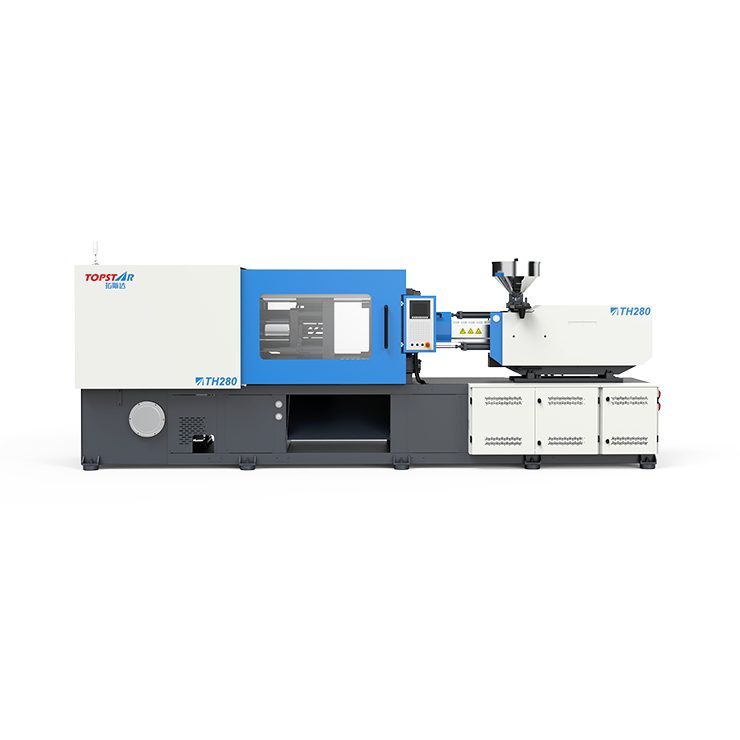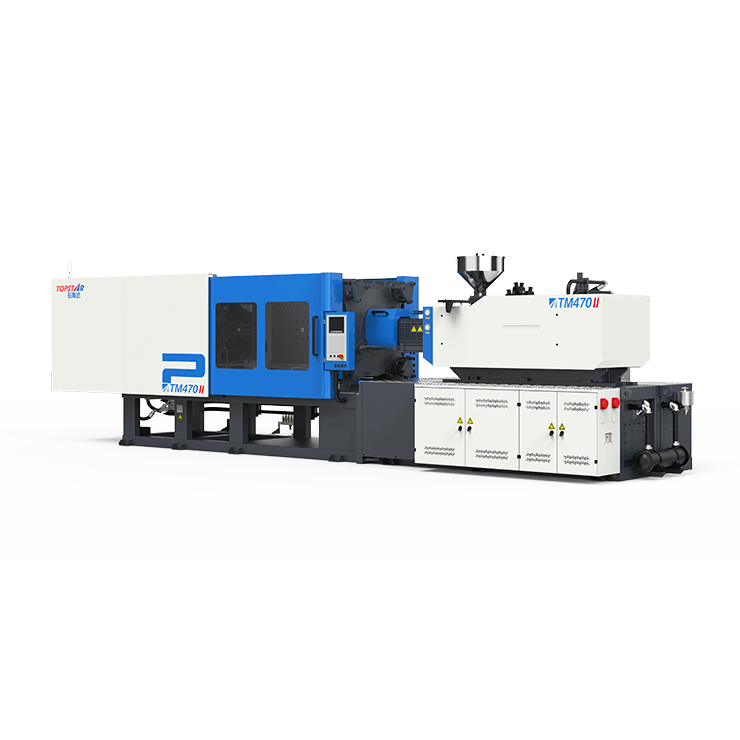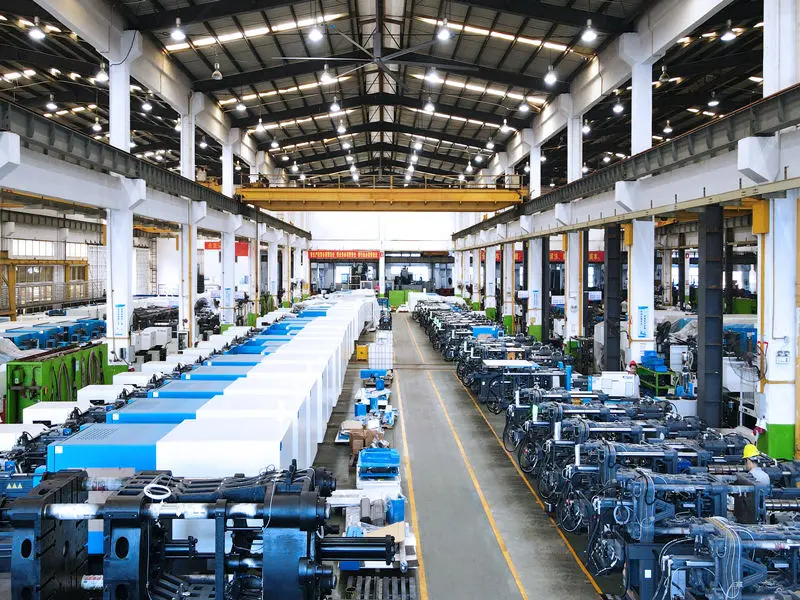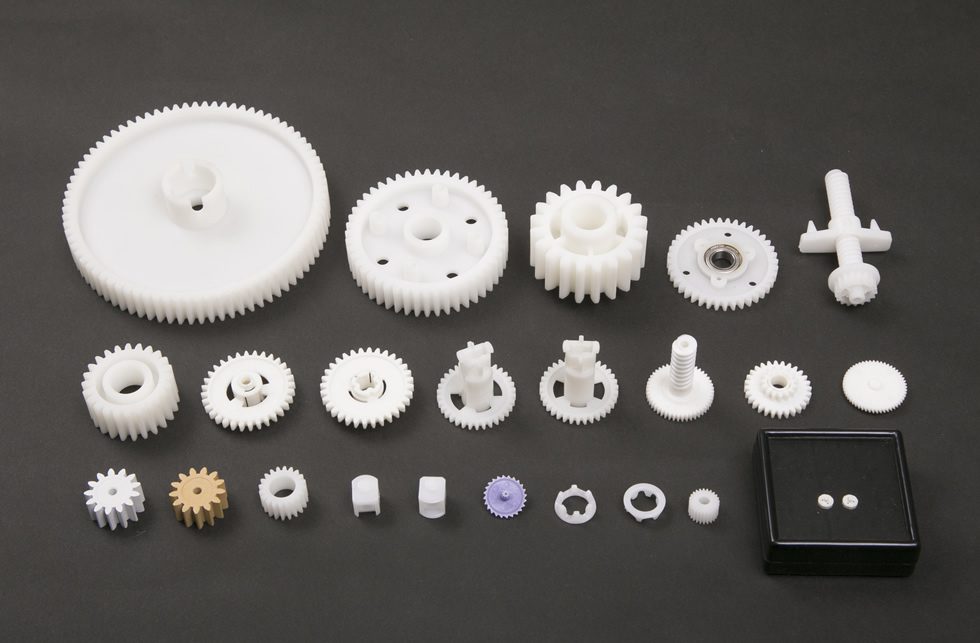The difference between a Plastic injection molding machine and 3D printing?
2023/11/29 By 兰兹

Across the manufacturing world, two standout technologies have revolutionized products: plastic injection molding machine and 3D printing. Both approaches bring innovation, but they differ significantly in terms of process and application. In this guide, Topstar will take you through an in-depth study of the differences between these two technologies, allowing you to clearly understand the advantages and limitations of plastic injection molding machine and 3D printing.
Plastic Injection Molding Machine: Manufacturing Precision
Manufacturing precision and efficiency
Plastic injection molding machines have long been the best machines for mass production. The process involves injecting molten plastic into carefully crafted molds, allowing highly detailed and complex parts to be manufactured with extreme precision. The essential advantage is the ability to produce large quantities of parts of the same quality with consistent quality. This makes plastic injection molding ideal for automotive, electronics, and packaging industries, focusing on efficiency and cost-effectiveness.
Materials and durability
One of their defining characteristics is the versatility of their material selection. Various thermoplastics and thermosets are available, providing varying degrees of strength, flexibility, and durability. The flexibility of this material choice makes it suitable for creating a wide range of products, from complex, delicate components to load-bearing solid structures. The durability of injection molded parts makes them ideal for applications where longevity and resiliency are critical.

3D printing: pioneering innovation
Creation layer by layer
Compared to the mass production capabilities of injection molding, 3D printing uses additive manufacturing principles. Depending on the digital design, 3D printers deposit material (usually plastic, resin, metal, or composite materials) layer by layer. This approach provides unparalleled design freedom, allowing the creation of complex geometries and complex structures that would be challenging or impossible with traditional manufacturing methods.
Prototyping and customization
3D printing is booming in the world of prototyping and customization. The ability to rapidly produce prototypes facilitates the iterative design process and accelerates product development cycles. Additionally, the technology can create customized, one-of-a-kind products based on specific needs. Industries like healthcare and aerospace use 3D printing to produce patient-specific medical implants and intricately designed light aircraft parts.
Compare processes and applications
Production speed and output
One of the main differences between plastic injection molding machines and 3D printing is production speed and output. Injection molding excels at high-volume production, producing thousands or millions of parts at breakneck speeds. In contrast, 3D printing tends to be slower and more suitable for small to medium-volume production. We recommend you choose a plastic injection molding machine when you need mass production.

Tooling cost and setup time
Another critical factor to consider is the upfront investment and setup time. Plastic injection molding requires creating molds, which can be expensive and time-consuming. However, unit costs are significantly reduced once the mold is in place. In contrast, 3D printing requires no molds, which reduces initial setup costs. This makes 3D printing economically viable in small-scale production runs and prototyping, where tooling costs can be prohibitive. If you have a sufficient budget, then there is no problem in choosing a plastic injection molding machine.
Wide selection of Plastic injection molding machine materials
Materials suitable for both processes play a crucial role in their applications. Plastic injection molding offers a wide range of material options, including high-performance engineering plastics providing a wide range of material properties. This versatility is advantageous for applications with specific material requirements such as thermal resistance, chemical resistance, or mechanical strength. While 3D printing has expanded its range of materials, there may still be limitations regarding material properties and available options.

3D printing is suitable for designing complex-shaped products
When it comes to design complexity, 3D printing leads the way. The layer-by-layer additive approach enables complex geometries, undercuts, and internal structures that are difficult to replicate with injection molding. This design freedom is particularly beneficial in industries where lightweight systems, complex internal passages, or complex designs are critical. Injection molding, while precise, can face limitations in producing highly complex geometries without compromising cost-effectiveness.
Embrace technology diversity
The synergy between plastic injection molding machines and 3D printing is powerful. Don’t see them as competitors, but embrace their complementary strengths, opening the door to new possibilities. Both technologies occupy their niche and offer unique advantages to meet different industry needs. Everyone can choose the appropriate tool based on the needs of their industry.
TRENDING POSTS
- Topstar CNC and Robotics BG moved into the new campus 2023/11/29
- Exhibition Review | GMU series CNC helping precision manufacturing 2023/11/29
- Topstar Robots Appears at Guangdong High-Quality Development Conference 2023/11/29
- Kick-off 2024 | Green manufacturer helps robot understand you better 2023/11/29
HOT TOPIC
- 3 in 1 Compact Dehumidifying Dryer
- accuracy
- Air Chillers
- and overall production quality. Therefore
- AP-RubberPlas
- automated injection molding machine
- Automation changed engineering
- automation of injection molding robots
- auxiliary machine
- Bench Injection Molding Machine
- Cabinet dryer manufacturers
- Cabinet dryers
- CNC Drilling Machine
- CNC Drilling Machines
- cnc engraving machine manufacturer
- cnc laser cutting machine manufacturer
- CNC machine
- CNC Machine Center
- CNC Machine for Sale
- CNC Machine Manufacturing
- CNC Machine Tool
- CNC machine tool product
- CNC Machining Center
- CNC wood carving machine
- Cooling system
- Cross-Walking Single Axis Servo Cylinder Robot
- Cross-Walking Single-Axis Servo Cylinder Robot
- Cross-Walking Three-Axis/Five-Axis Servo Driven Robot
- cross-walking three-axis/five-axis servo-driven robot
- Dehumidifier Dryer
- delta parallel robot
- Desktop Injection Molding Machine
- Desktop injection molding machines
- Desktop Molding Machine
- desktop plastic injection machine
- Desktop Plastic Injection Molding Machine
- direct clamp injection molding machine
- Direct clamp injection molding machines
- Dosing & mixing system
- Drilling Centers
- Drying and dehumidification system
- drying and dehumidifying equipment
- Drying and Dehumidifying System
- drying system
- effective and efficient. Cabinet dryers are also used in other industries where large quantities of material need to be dried
- elbow hydraulic injection molding machines
- etc. Among injection molding robots
- exhibition
- features of CNC machine
- Feeding And Conveying System
- Five Axis Machine Center
- Fully automatic injection molding machine
- Gathering Topstar
- giant injection molding machine
- GMU-600 5-Axis Machining Center
- Granulating & Recycling System
- Heavy duty injection molding machine
- Honeycomb rotor dehumidifier
- horizontal injection molding machine
- Horizontal Injection Molding Machines
- Horizontal Injection Moulding Machine
- Horizontal Mixer manufacturer
- How The CNC Machine Works
- hybrid injection molding machine
- in this article
- Industrial robot
- Industrial Robot Chinese brand
- industrial robot parts
- industrial robot supplier
- Industrial robots
- Industry Chain
- Injection Manipulator
- Injection molding
- Injection molding automation
- Injection Molding Automation Solution
- injection molding dryer
- injection molding hopper dryer
- Injection molding machine
- injection molding machine brand
- Injection Molding Machine Factory
- Injection Molding Machine Manufacture
- Injection molding machine manufacturer
- Injection molding machine procurement
- injection molding machine robotic arm
- injection molding machine with a robot
- Injection molding machines
- injection molding material dehumidifying
- injection molding plant
- Injection Molding Robot
- Injection molding robot automation
- injection molding robots
- Injection Moulding Robots
- Injection Robot
- Injection robot arm
- Injection robot manufacturer
- Injection robot wholesale
- injection robots
- Introducing Injection Robot
- It is the best choice for drying large quantities of material at once. Cabinetmakers use these machines because they are fast
- large injection molding machine
- Learn what industrial automation and robotics is
- low speed sound-proof granulator
- machine plastic molding
- make sure to add some! Improvements (2) Keyphrase in introduction: Your keyphrase or its synonyms appear in the first paragraph of the copy
- manipulator machine
- manufacturing
- micro injection molding machine
- middle speed granulator
- Mini CNC machine manufacturers.
- Mold Temperature Control System
- mold temperature controller
- molding material Dehumidifying System
- New electric injection molding machine
- nitrogen dryer manufacturer
- nitrogen dryer system manufacturer
- Oil type mold temperature controller
- open day
- Outbound links: No outbound links appear in this page. Add some! Images: No images appear on this page. Add some! Internal links: No internal links appear in this page
- PET Preform injection molding
- plastic forming equipment
- plastic hopper dryer
- plastic injection machine
- plastic injection machines
- plastic injection molding
- Plastic injection molding machine
- Plastic Injection Molding Machines
- plastic injection robot
- Plastic Molding machine
- plastic molding press
- plastic-molding machine
- powerful granulator
- Powerful Type Sound-Proof Granulator
- production of plastic seats
- Robot injection molding
- robot injection molding machine
- robot manufacturing companies
- Robotic arm for injection molding machine
- robotic injection molding machines
- robotics in injection molding
- SCARA robot
- Service-oriented manufacturing
- Servo Cylinder Robot
- servo driven robot
- Servo Driven Robots
- servo injection robots
- Servo-Driven Robot
- Setup of injection machine
- Silicone Injection Molding Machine
- six-axis industrial robot
- Stainless Hopper Dryer
- Stainless Hopper Dryers
- star club
- swing arm robot
- the choice between servo-driven robots and hydraulic robots will have a certain impact on efficiency
- the most popular injection molding machine
- the type of injection molding robot
- toggle clamp injection molding machine
- Toggle Hydraulic Injection Molding Machines
- Top 10 brands of injection robots
- Topstar
- Topstar Engineering
- Topstar injection molding intelligent
- Topstar Scara Robots
- Useful Injection molding machine
- Vertical machining centers
- volumetric type blender
- water distributor
- Water Type MoldTemperature Controller
- We often face choices when performing injection molding. We will choose the type of injection molding machine
- wholesale of injection molding machines
- x carve CNC
